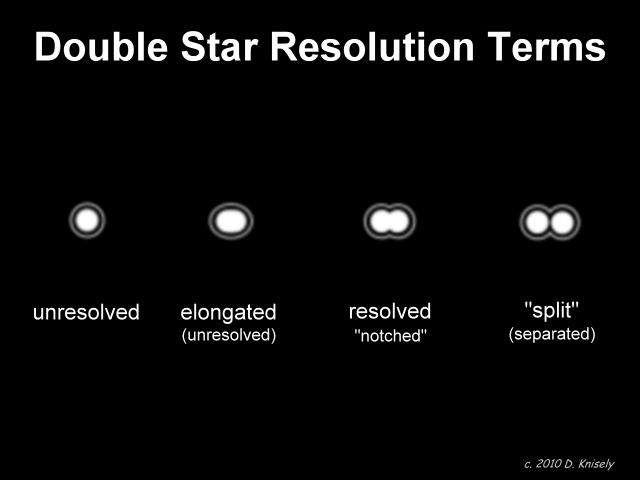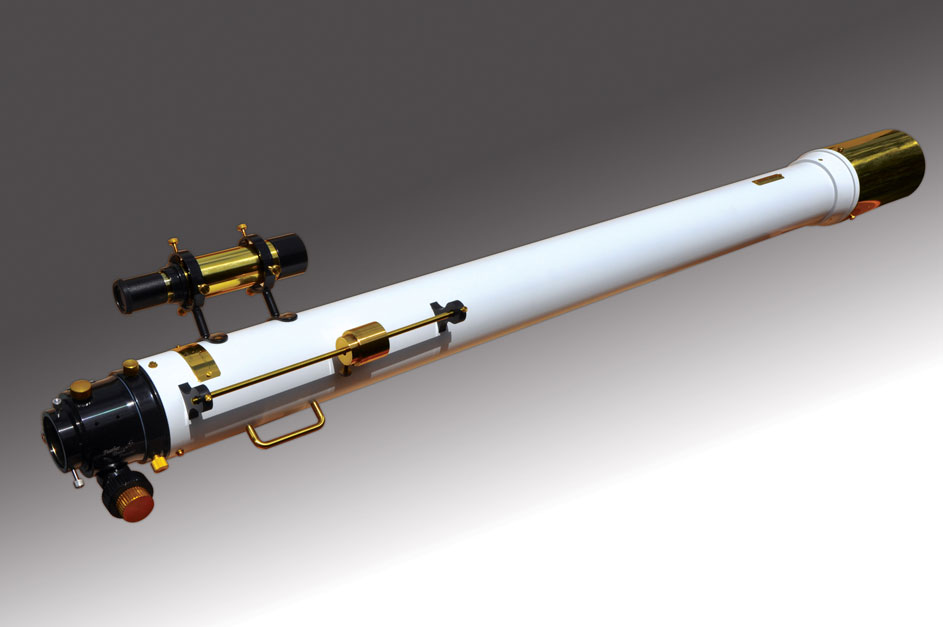-
Posts
53,756 -
Joined
-
Last visited
-
Days Won
455
Content Type
Profiles
Forums
Gallery
Events
Blogs
Posts posted by John
-
-
13 minutes ago, Alkaid said:
That’s brilliant John. Great capture!
Thanks - I only do a few snaps a year so I make the most of it when one comes off !
-
 2
2
-
-
My 22 year old Vixen ED102SS is cooled and waiting


-
 10
10
-
-
-
Under last nights excellent seeing conditions and with a favourable lunar libration I managed to capture an image of the south polar limb of the moon. These were discussed briefly in the "What did you see tonight ?" thread in the general observing section.
Having done a bit more research today I have managed to find an annotated image of this area of the moon, this time made in 2007, by Charles A Wood, the co-author of the excellent "21st Century Atlas of the Moon". I have cropped and re-orientated my image to match that of Charles's image and I can see that I have managed to capture a number of the mountain peaks and craters that he has labelled. The crater Drygalski is Lunar 100 #94 and the Leibniz Mountains (the ones designated M1, 3, 4 & 5 I think) are #96. I'm pleased with this from a simple mobile phone snapshot and to see this part of the moon in some detail.
The Leibniz Mountains are on the rim of the South Polar-Aitken Basin which is a huge 2,500km diameter ancient impact feature.
Charles A Wood's 6th January 2007 image:

My 17th January 2022 image:
-
 12
12
-
 1
1
-
-
2 hours ago, Nik271 said:
@Jiggy 67, if the seeing stays like this with a 4 inch you should be able to see at least an elongation or a 'peanut' shape.
Yes, I got that quite clearly with my 100mm refractor last night. Not much of a "waist" to it but no doubt that it is a pair of stars

Somewhere between "elongated" and "resolved" from the guide below, with the 100mm:

-
 3
3
-
-
1 hour ago, Saganite said:
....I don't think I have ever seen Sirius so tight before tonight.
I agree Steve, it was the same from here

-
 2
2
-
 1
1
-
-
-
21 minutes ago, IB20 said:
Had a look at the Southerly pole of the moon. I’m amazed at how good it looks in the Tak, the undulations, hills, cliff faces, recesses, valleys and features present with such definition, they are truly striking. Almost feels like I could walk along them. Two features stood out marked on the 2nd image. Any lunar experts help identify them as I’m struggling to find out what they’re called?
Was extremely cold out so had a quick look at M42; sure I could see the E star pop out on occasion but it wasn’t as easy as a few nights ago. Back inside now 🥶🧊.
I'm not a lunar expert but I think the humps and bumps are the Leibnitz Mountains and the crater is Hausen. But wait for someone who really knows their lunar features to confirm (or otherwise) this !
Thanks for the "heads up" on this region - I'm looking at it now with my Tak 100

-
 1
1
-
 2
2
-
-
For a challenge I tried Kappa Geminorum. Just 3.2 degrees from the full moon tonight so spotting the 8th magnitude primary star at 7.2 arc seconds separation from the magnitude 3.6 primary star tests the eye as it's bathed in moonglow. I found 180x did the trick but I had to look hard !
I'll find some that are further away from the lunar searchlight I think

-
 5
5
-
-
Full moon but observing multiple stars is still fun

The seeing is really good here currently. E & F Trapezium with my 100mm refractor - must be a decent night

-
 5
5
-
-
1 hour ago, alex_stars said:
Hi all,
@John, I am very intrigued by this observation and want to attempt to do the same with my 125mm Apo. I was wondering what you used to get to such high magnifications. Guess you used a barlow? If so which one did work for you....
Hi Alex,
I was using the Pentax XW 5mm. The scope is capable of 300x plus with ease although Jupiter is usually more rewarding in terms of sharpness and contrast (with all scopes) at slightly lower magnifications than other planetary targets.
-
 1
1
-
-
10 hours ago, paulastro said:
Thank you. Regarding setting the scope up, Chris does set it up every night he uses it. The mount and pier are left outdoors with a cover over it and the ota is then taken out of the box and carried outside. I think the acope is around 20 lbs, not too bad for a bit of a'beast', but not good if you have any mobility issues.
So there you are, no excuses for not buying one 🤣.
20 lbs is really quite reasonable for a 155mm triplet refractor. My 130mm F/9.2 triplet weighs that much.
Still have to be careful mounting and dis-mounting such scopes though - don't want any accidents to observer or scope of course !
-
 1
1
-
-
59 minutes ago, ItsRiftzy said:
Hey there,
Sorry for the fairly late reply, I'm using a Sky-Watcher EQ2, and I just had a question, If the mount setting circles aren't accurate, what do you suggest I do to look at dim objects like the Orion Nebula?
Thanks
Unless you are observing from an area with a lot of light pollution or under a bright moon, the Orion Nebula can be seen glowing faintly with binoculars and optical finder scopes.
From Australia, Orion looks like this, with the position of the Orion Nebula marked in this image. Use a low magnification eyepiece (say 30x - 50x) and point the scope towards the part of the constellation indicated and you should see the nebula:

-
The pale swirly lunar feature I mentioned earlier, Reiner Gamma, is pretty interesting - possibly a mini magnetic shield but there are other theories as well:
https://the-moon.us/wiki/RoI_-_Reiner_Gamma
-
 3
3
-
-
2 minutes ago, bomberbaz said:
...If your views were anything near the image then you are having a lovely view along the extreme edge of the terminator.
The illumination tonight is pretty close to that of the image Steve

-
 1
1
-
-
Currently enjoying views of the Mare Procellarum and in particular the craters Krafft and Cardanus with the crater chain Catena Krafft running between them. The oddly "tadpole" shaped pale feature called the Reiner Gamma is not far away and showing well too.
Image credit: Vaz Tolentino Lunar Observatory, Brasil:

-
 8
8
-
-
1 hour ago, Kon said:
Unexpected clear skies tonight. Looked mostly at the moon but not that many features tonight.
Me too, plus doubles in and around Orion so far

Seeing seems quite good here. Misty bands of cloud here and there to keep me on my toes

-
 3
3
-
-
Sounds a fabulous experience with a fabulous telescope. Thanks for posting about it

-
 2
2
-
-
Interesting comparison here of the Tele Vue, Takahashi and Synta (in Vixen guise here) 4 inch refractors:
http://www.wlcastleman.com/equip/reviews/100mm_refractors/index.htm
-
 1
1
-
-
It is interesting to recall that Tele Vue did collaborate with Richard Day of Skylight Telescopes, London to produce the 101mm F/15 objective that was used in the rather splendid Skylight AR 101 achromat refractor. A pure observers telescope if there ever was one !


-
 1
1
-
-
They go back to the 1970's as Steve says. I have a 1970's Tasco catalogue that has one listed in it. I don't think I'd want to try that though !. The old H.W English catalogue has something similar listed as well, probably of the same vintage.
I think the Vixen LV / Tele Vue 8-24 were the first ones that folks rated good performers for astronomy purposes followed by the Baader 8-24 Mk1 which raised the bar a little more I think.
-
 1
1
-
-
3 minutes ago, 883 said:
.... TV will never offer again such type of scope (visual doublets like the 102) just because there is no market for that type of instrument....
I think a number of other brands have disproved that.
-
 1
1
-
 1
1
-
-
2 hours ago, badhex said:
Honestly, maybe I'm a total fool but I have always assumed that one would want all optical equipment to be cooled, including EPs - so I've always done that! And I have in the winter months often been plagued by EP fogging from eye warmth, but mostly only in the early part of the session. I had assumed my eyes dispersed their annoying warm air after a while of being in out in the cold.
Looks like I might need to change my methods!
I'm sure you are no fool

I can't recall how I learned this (possibly through some annoying experiences) but I've always tried to keep my eyepieces at just a few degrees above the outside temperature to stop them misting / fogging up.
When out in the field this can be a challenge after a few hours. The foam in the cases seems to retain a little warmth if I remember to close the lid after swapping eyepieces.
When observing at home my eyepieces are indoors, so quite warm, between each use.
-
 1
1
-
 2
2
-
-
My 12 inch F/5.3 OO weighs around the same in total as the Skywatcher and Bresser 10 inch dobs. My mount is a custom job based on the OO design but made in 18mm baltic ply. I believe it weighs about the same as the OO dob mount. The downside with OO is the cost if bought new and the potential wait times.
If I had not put this one together I would have been very interested in an OO 10 inch F/6.3 as an alternative.

-
 4
4
-


















Show us your set up in action at night.
in The Astro Lounge
Posted
........ and now clouded out